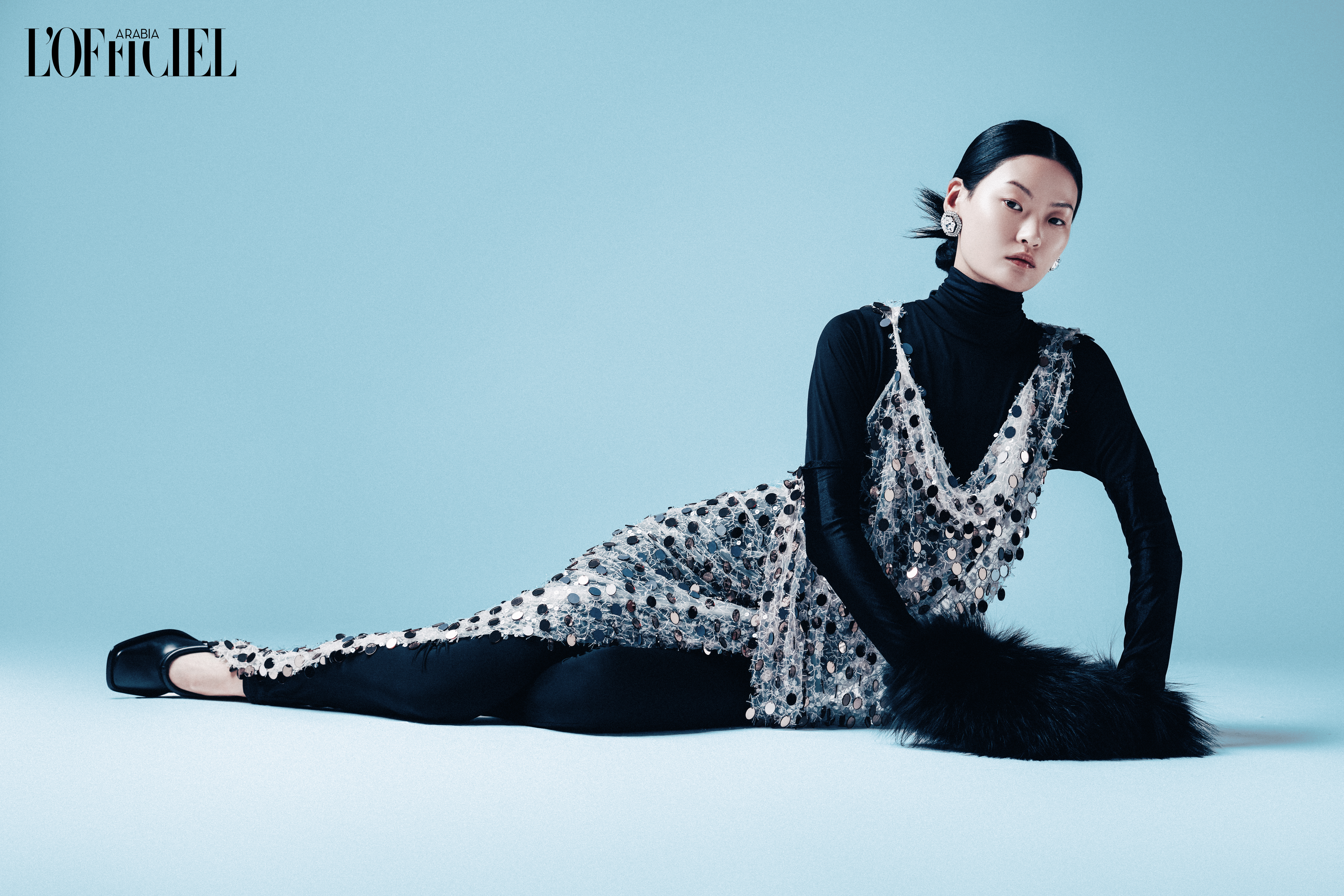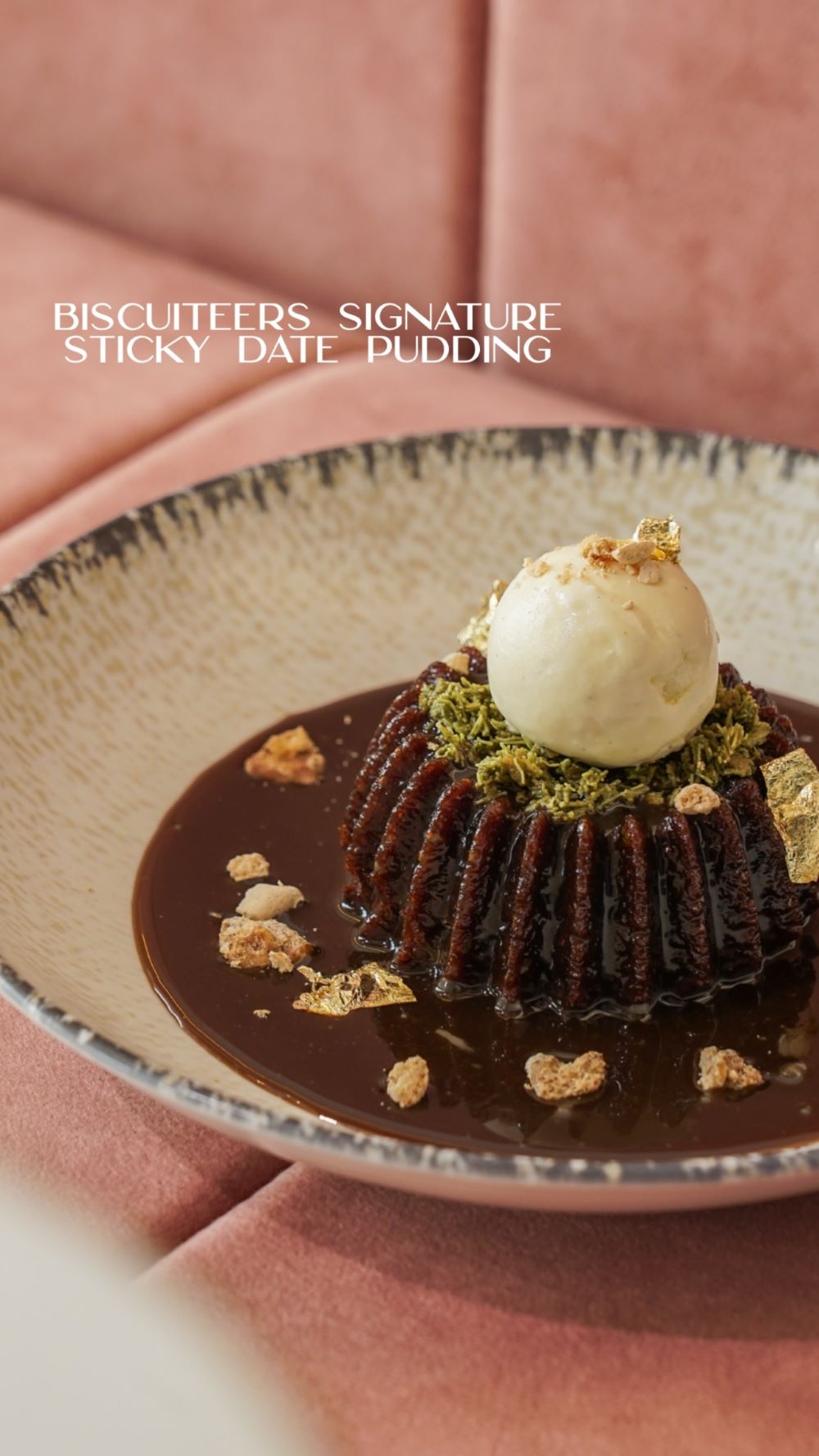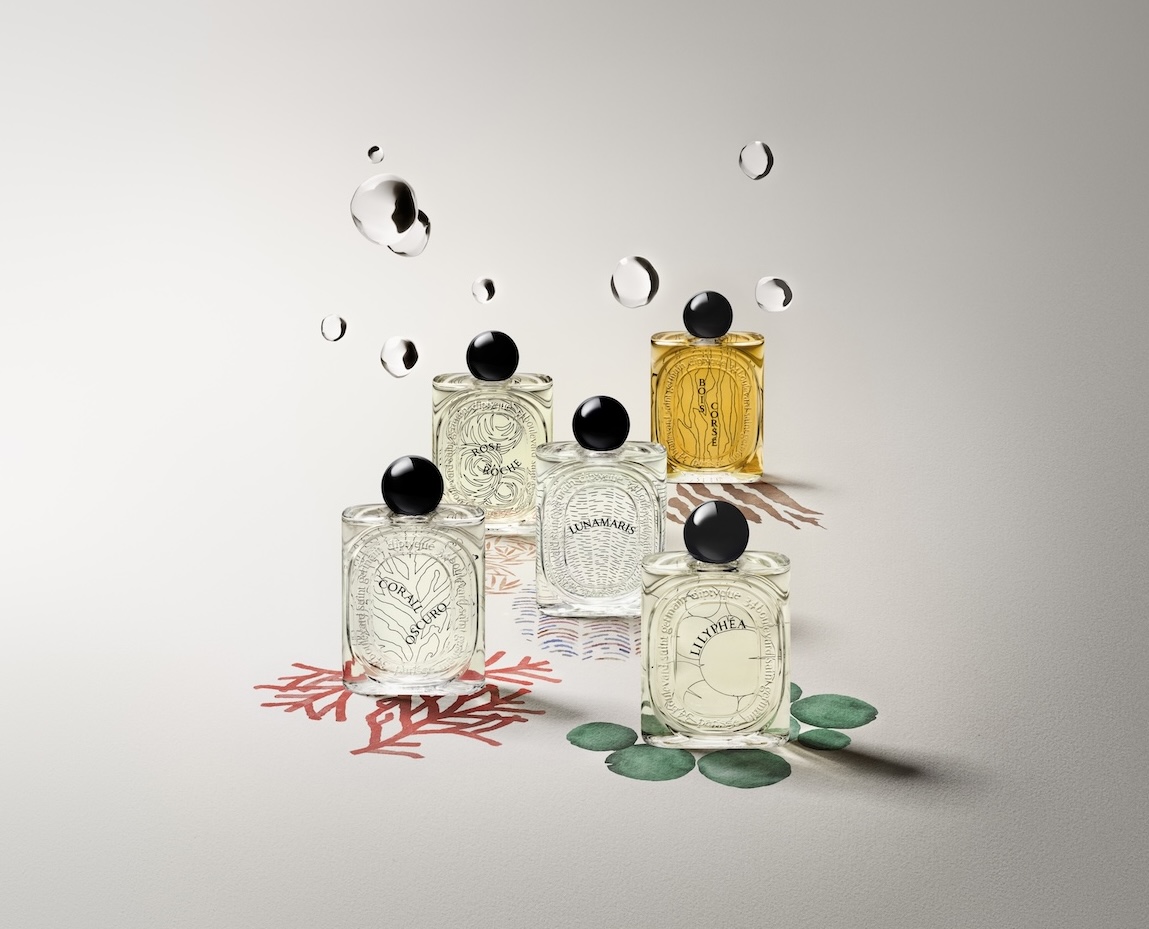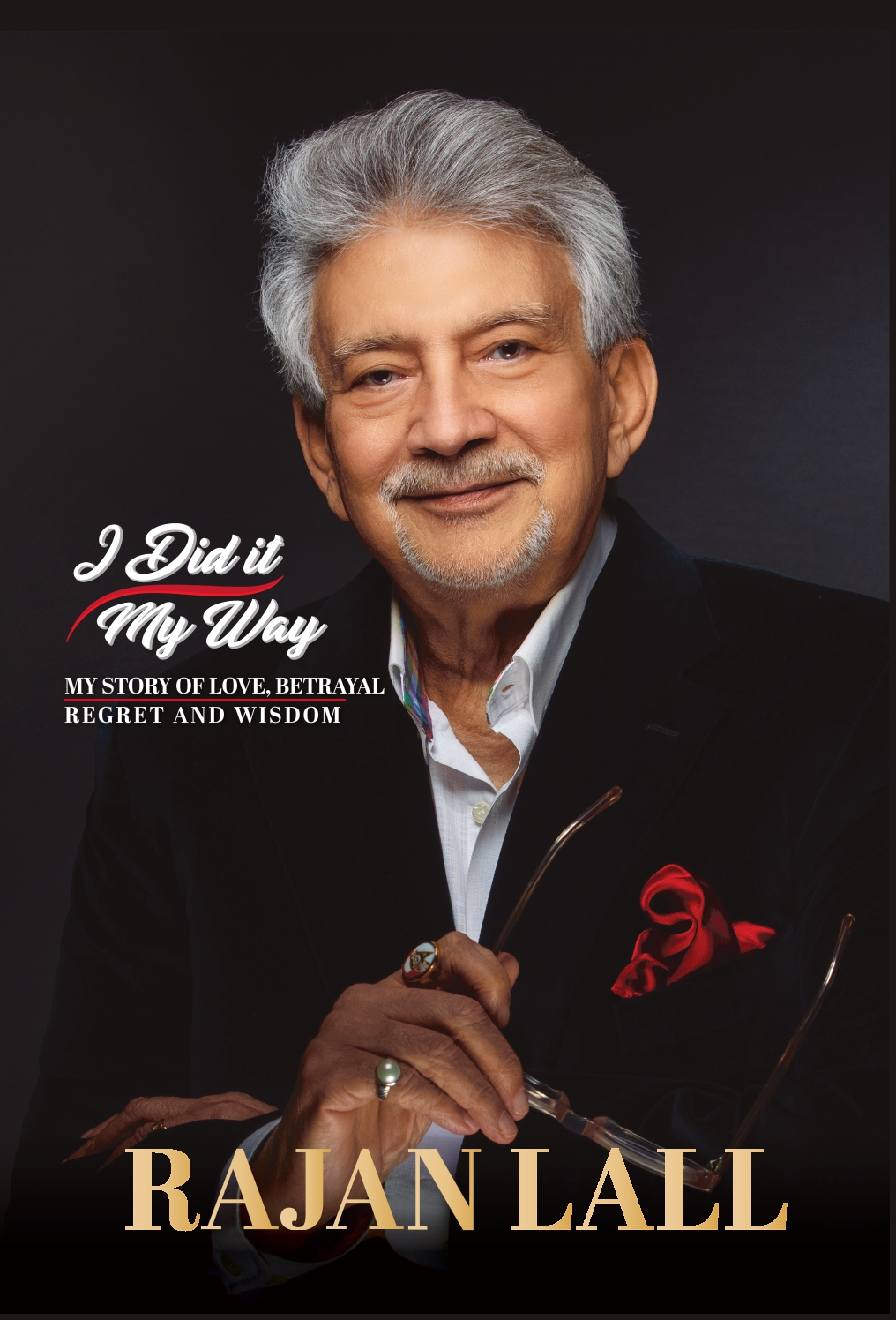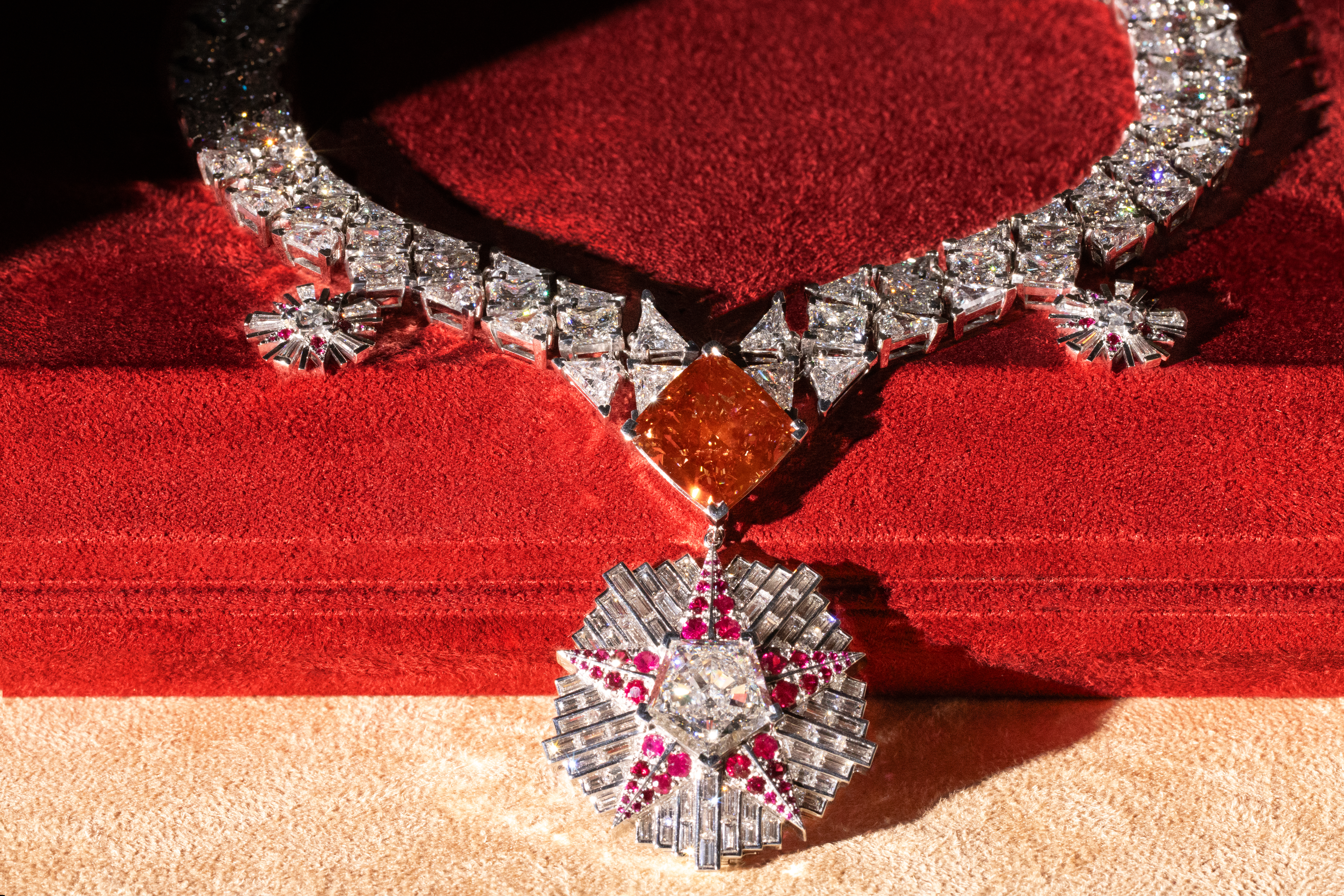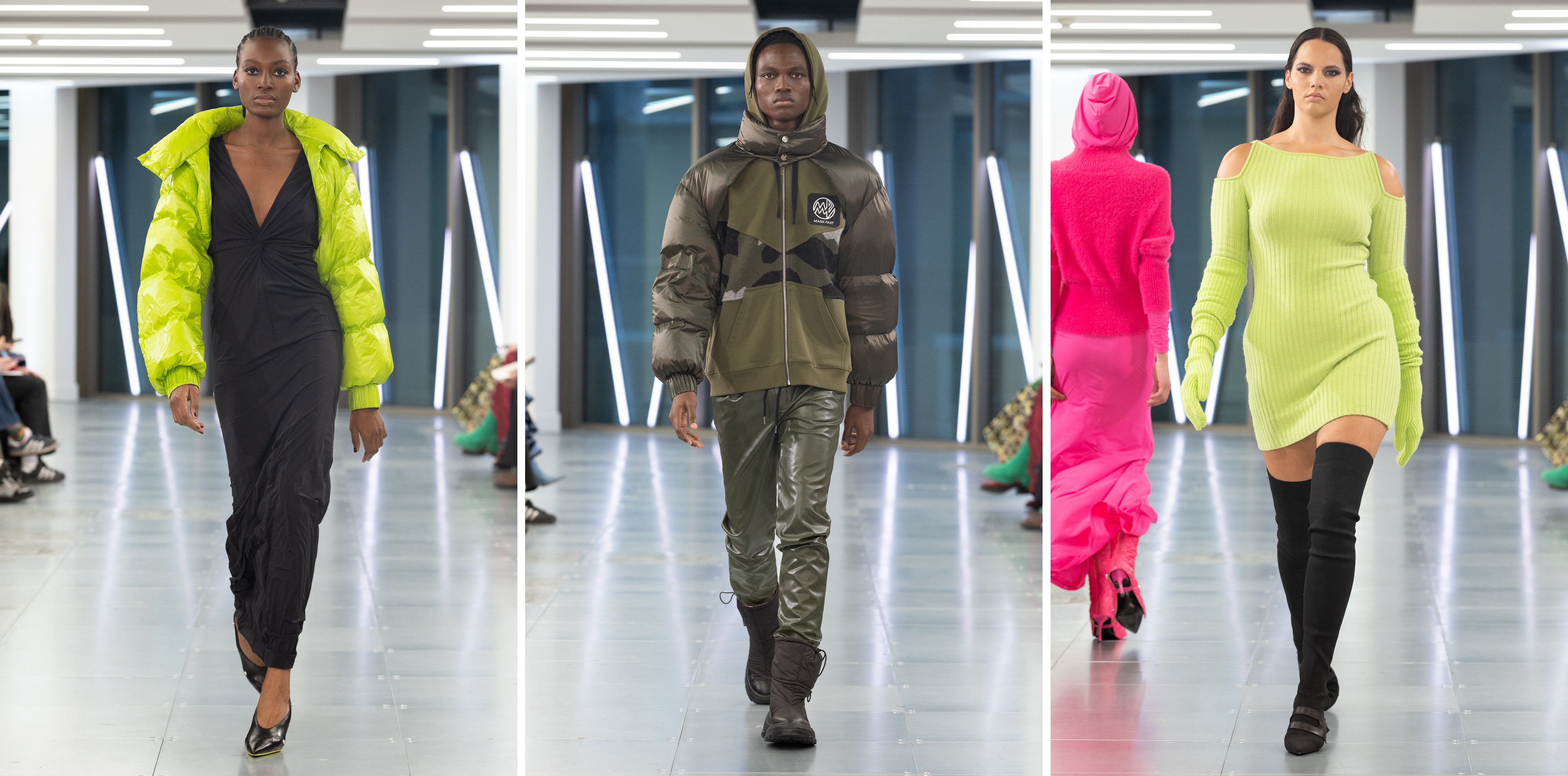#INTERVIEW: Joe Challita — Fashion Guardian
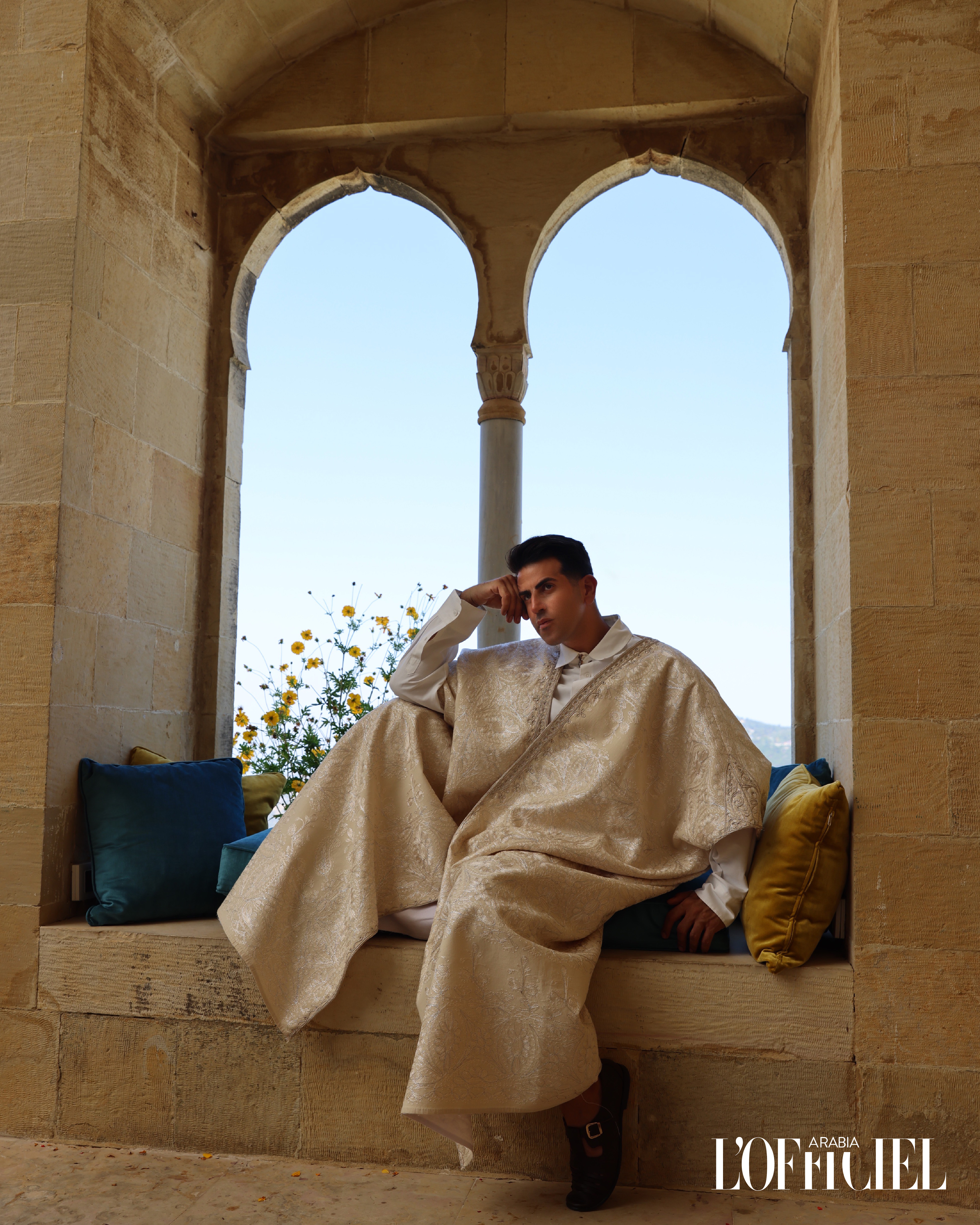
Joe Challita is an Australian-Lebanese fashion historian, couturier, and journalist, widely recognised as “The Guardian of Lebanese Fashion History.” He is the founder of Lebanese Fashion History, a digital platform dedicated to documenting and preserving Lebanon’s rich sartorial heritage and its influence on the global fashion landscape.
With a background in both law and fashion design cultivated in Sydney, Joe began his creative journey in 2007 as part of Elie Saab’s design team in Beirut. Two years later, he launched his own eponymous label while also becoming a familiar face on television as a fashion expert and consultant.
As a former Fashion Editor and Creative Director at Marie Claire Arabia, Joe helped shape the regional fashion narrative through his editorial vision. His work has also appeared in Vogue Arabia and numerous international publications, where he continues to explore the intersection of fashion, culture, and heritage through storytelling.
Through the Lebanese Fashion History project, Joe revives Lebanon’s forgotten folklore, celebrating ancestral craftsmanship and cultural pride. Photographed at Beit Kanz, a restored 19th-century Beirut landmark that has stood the test of time, this project bridges past and present, honouring the enduring soul of Lebanese identity through heritage.
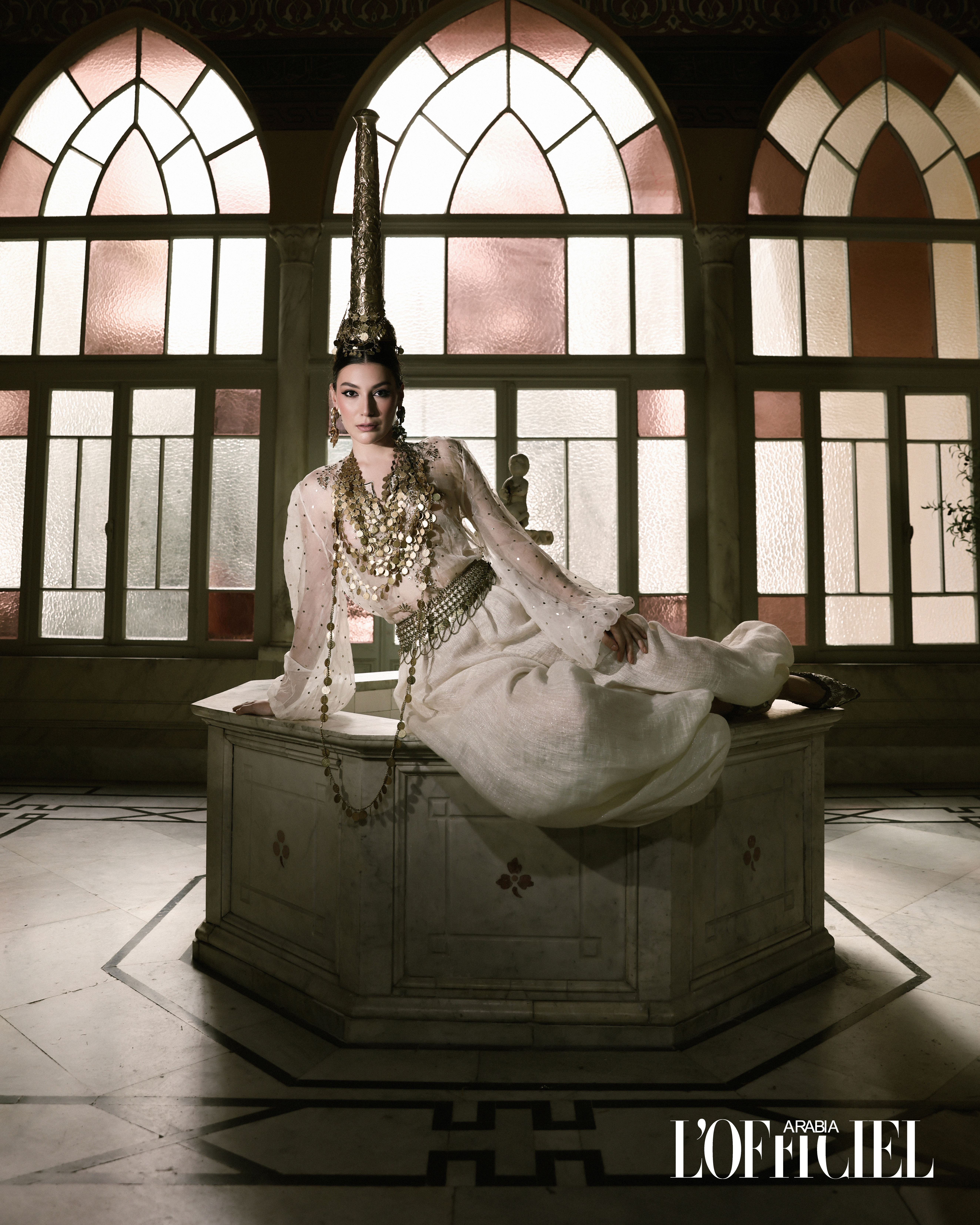
Tanja Beljanski: Lebanon’s fashion history is rarely documented. What sparked your mission to preserve it, and when did it become a responsibility, not just a passion?
Joe Challita: I was born and raised in Australia, but during my childhood my parents moved us temporarily to Lebanon. Those years left a lasting imprint. When we returned to Sydney, I carried with me a deep nostalgia for my cultural roots; a longing that shaped both my identity and my artistic path.
As an artist with a natural gravitation toward fashion, I was always curious about Lebanon’s fashion heritage, which has been rarely documented and is almost absent from our modern cultural narrative. When I later moved back to Lebanon as an adult, that curiosity grew into a deeper sense of purpose.
The 2020 Beirut explosion was a turning point: it crystallised for me the duty to contribute to my country through my own expertise — fashion. That was the moment the initiative of Lebanese Fashion History was born.
What began as a personal passion soon revealed its broader resonance. I saw how the project touched people, stirred pride in the Lebanese diaspora, and even drew the attention of international media and fashion magazines, who began approaching me to write because no one else had gathered the kind of research I had. That was when I realised this was not just a personal journey; it had become an academic responsibility to preserve and give voice to a heritage long overlooked.
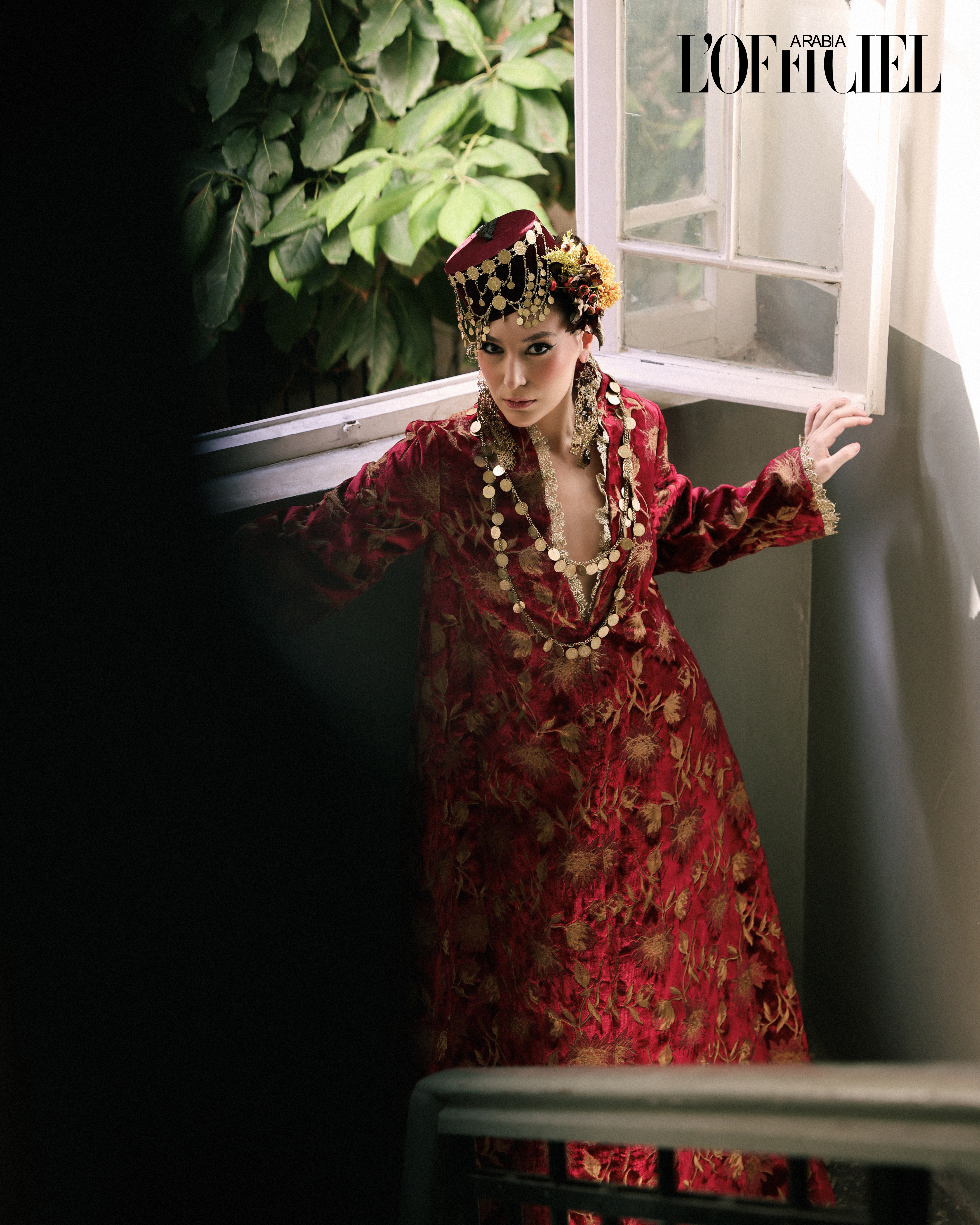
Tanja Beljanski: Through your project Lebanese Fashion History on Instagram, how do you balance nostalgia with serious, research-driven scholarship?
Joe Challita: At first glance, vintage fashion images may feel like pure nostalgia; fragments of beauty from another time. But once you dig into the research behind them, they become something much more: windows into the cultural, social, and political forces that shaped who we are.
Fashion is never just about clothes; it reflects identity, aspiration, and power.
Take the example of Beirut being called the “Paris of the East.” At first, I thought it was simply a colourful cliché. But through research, I discovered the very real dynamics that earned Beirut that reputation and positioned it as a global destination in the 1960s. That’s the balance I try to strike: honouring the aesthetic allure of the past, while grounding it in serious research that shows fashion as a cultural discipline in its own right.
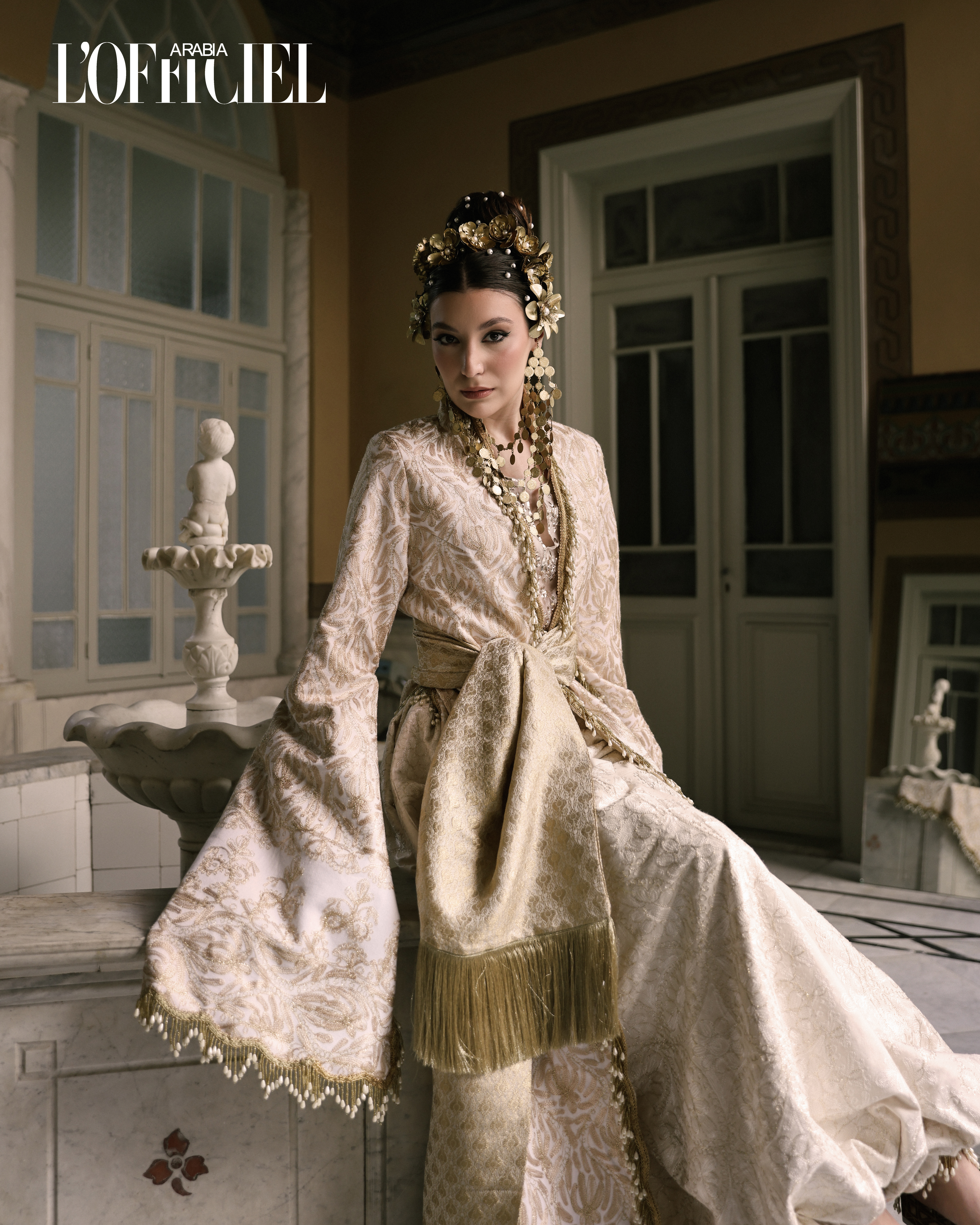
Tanja Beljanski: You’re not only archiving Lebanese fashion but also bringing it to life. How do you envision translating this work into exhibitions?
Joe Challita: Recreating historical costumes allows people to see, feel, and experience the craftsmanship and creativity of our past. My dream is to take this even further; to organise exhibitions and, one day, establish Beirut’s first fashion museum, a space that celebrates not only historical garments but also the legacy of Lebanese designers across generations. It’s about making our heritage tangible, inspiring new audiences, and ensuring that Lebanon’s rich history is preserved, studied, and appreciated both nationally and globally.
Tanja Beljanski: Does carrying the responsibility of being “the only one doing it” add pressure, or does it give you freedom?
Joe Challita: It does add pressure, but in a healthy way. I feel a responsibility to ensure everything I publish is accurate, evidence-based, and respectful of the culture I’m preserving. Being called “The Guardian of Lebanese Fashion History” by the media adds weight; I know I must live up to that title for the heritage I safeguard.
At the same time, I find freedom in being the only one doing it. This project is deeply personal, my passion, and in many ways my life’s work. Leaving a legacy for future generations and preserving a cultural identity that might otherwise fade gives me both purpose and joy.
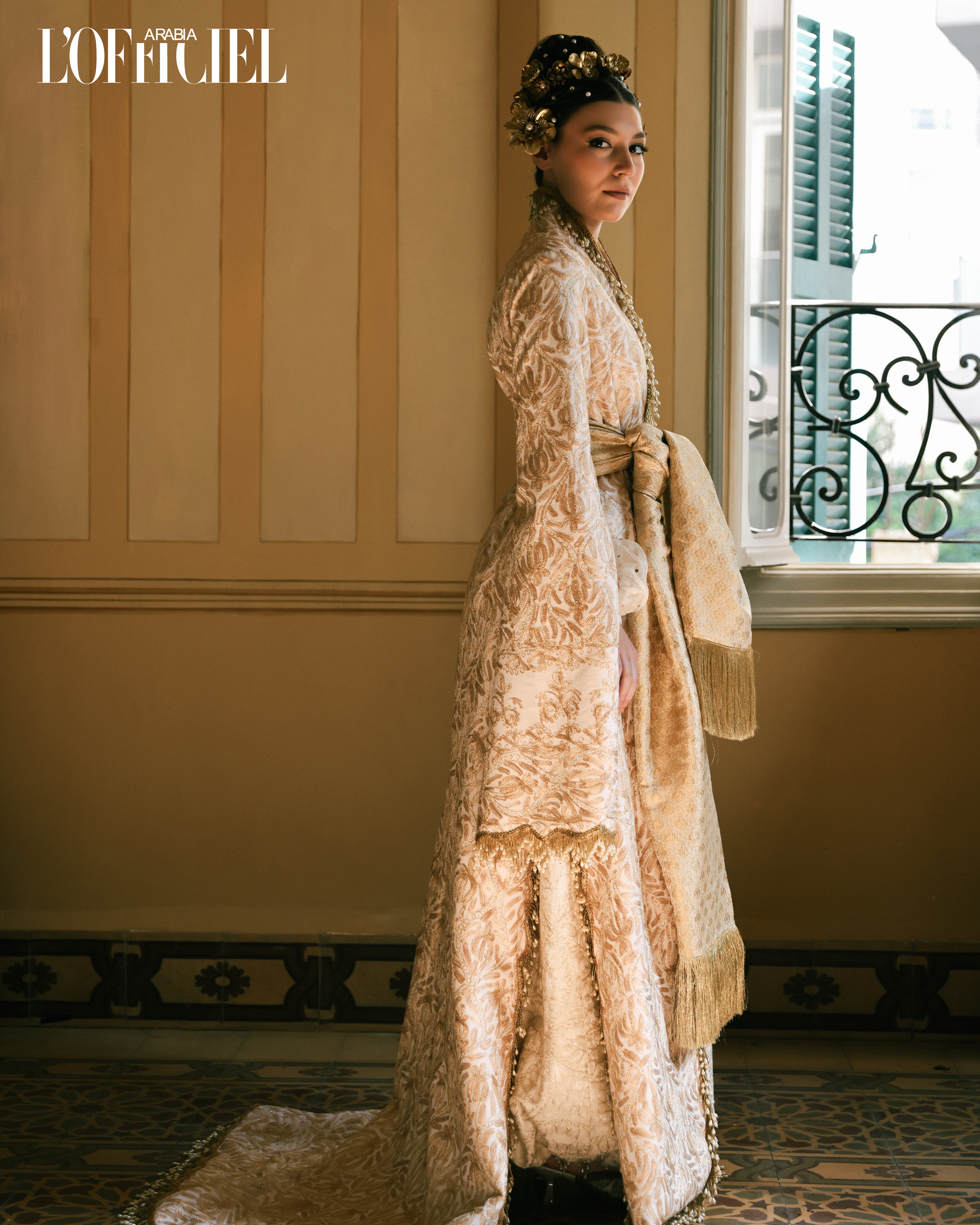
Tanja Beljanski: Your work is deeply anthropological. How do personal stories and archives help you tell the full story of Lebanese fashion?
Joe Challita: The beauty of this project is that every story is a labor of love, built piece by piece from scattered fragments. I might begin with a newspaper clipping, then find a reference in a forgotten magazine, and finally sit with someone who lived that very moment; and suddenly the story comes alive with texture and truth.
What I do is bring these fragments together, weaving them into a coherent narrative that would otherwise remain lost. Some stories have taken me years of investigation to complete, chasing down evidence until the picture feels whole.
That’s the essence of my work: blending the visual archive with oral histories and lived testimonies to create a documented cultural record. In many ways, it’s investigative journalism as much as it is fashion history; and that intimacy, that human element, is what makes the narrative of Lebanese style truly complete.
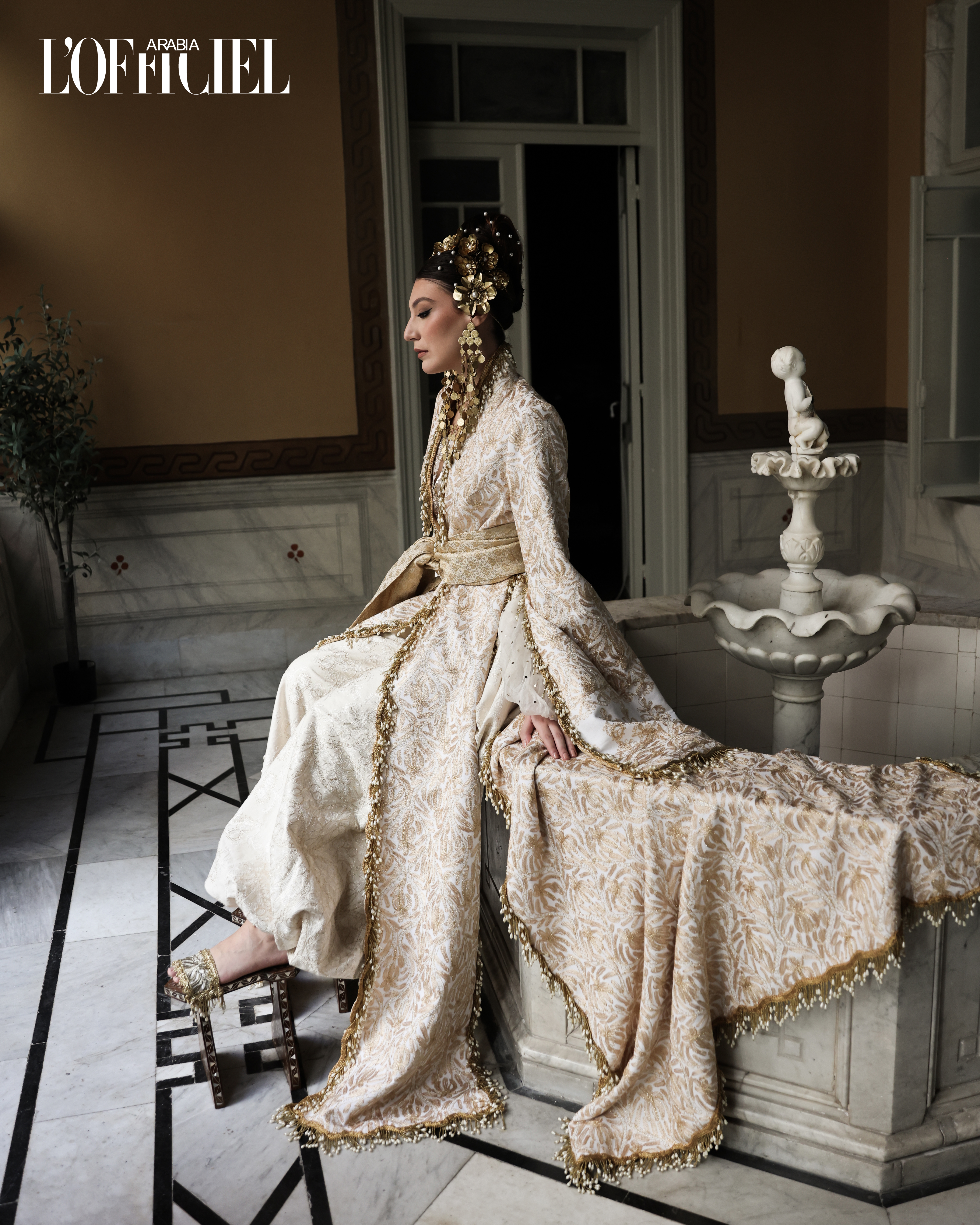
Tanja Beljanski: As a guest lecturer, what misconceptions do you encounter about Lebanese fashion history?
Joe Challita: The most common misconception is that Lebanon only became “Westernised” under the French Mandate. That couldn’t be further from the truth. Lebanese society, especially its elites and merchant class, was adopting elements of Western dress long before the 1920s.
Our people, perhaps because of that Phoenician spirit of exploration and exchange, have always been curious, outward-looking, and eager to embrace and reinterpret what comes from abroad. Just like our spoken dialect, a fluid mix of Arabic, French, and English, Lebanese fashion has always thrived on fusion. It’s not about imitation, but about adaptation: a creative dialogue between cultures that produced something uniquely our own.
.jpg)
Tanja Beljanski: In a country where history is fragile and often at risk of erasure, how do you see your archive shaping national identity and global understanding of Lebanese culture?
Joe Challita: The Beirut explosion of 2020 was the catalyst that made me realise how fragile our identity had become, and how urgent it was to fight for it. By reviving our fashion history, I wanted to give something tangible back to Lebanon; something that could restore pride and continuity.
That’s why the project resonates so strongly with both the younger generation, the diaspora, and international fashion enthusiasts: it offers them a truthful, authentic, and beautiful reflection of Lebanese identity. It shows us to ourselves, while also presenting to the world a Lebanon that is more than its struggles; a Lebanon of artistry, innovation, and cultural depth.
I see this archive as both preservation and projection: safeguarding our memory while shaping how Lebanese culture is understood globally.
TEAM CREDITS:
Costumes and Accessories: Joe Challita @joechallitacouture , @lebanesefashionhistory
Art Direction and Styling: Joe Challita @lebanesefashionhistory
Photography: Mohamad Khalidi @khaldymoh
Model: Lea Chahine @leachahineee
Makeup and Hair: Mhammad Harb and Team @mhammadharb
Location: Beit Kanz @beitkanz
related posts


